Unfortunately, this deal has expired 29 July 2023.
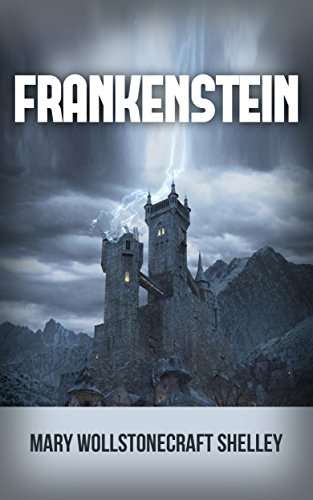
*
227°
Posted 6 July 2023
Frankenstein by Mary Wollstonecraft Shelley - Free Kindle eBook
Free ·
Shared by
This.Is.Dog Super Poster
Joined in 2022
328
1,288
About this deal
This deal is expired. Here are some options that might interest you:
Reduced from £2.56 to free.


Community Updates
Edited by a community support team member, 6 July 2023
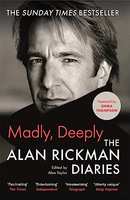

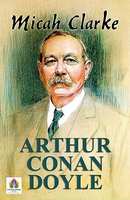
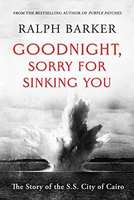
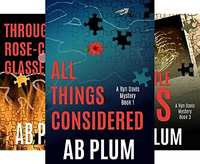
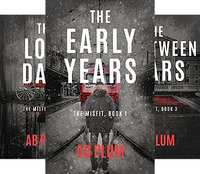
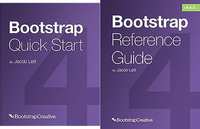
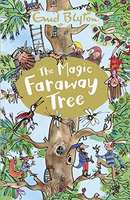

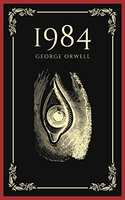
3 Comments
sorted by£2.56? That must be a joke.
As ever, check Project Gutenburg for long-dead authors.
gutenberg.org/
And there she is
* Mary Shelly's Frankenstein:
*** First edition of Frankenstein sells for record breaking $1.17m ***
The summer of 1816 was a washout. After the cataclysmic April 1815 eruption of Mount Tambora on the island of Sumbawa, part of what is now Indonesia, the world's weather turned cold, wet and miserable. In a holiday villa on the shores of Lake Geneva, a young English poet and his lover, the guests of another poet, discouraged from outdoor pursuits, sat discussing the hideousness of nature and speculating about the fashionable subject of "galvanism". Was it possible to reanimate a corpse?
The villa was Byron's. The other poet was Shelley. His future wife, 19-year-old Mary Shelley (nee Godwin), who had recently lost a premature baby, was in distress. When Byron, inspired by some fireside readings of supernatural tales, suggested that each member of the party should write a ghost story to pass the time, there could scarcely have been a more propitious set of circumstances for the creation of the gothic and romantic classic called Frankenstein, the novel that some claim as the beginnings of science fiction and others as a masterpiece of horror and the macabre. Actually, it's both more and less than such labels might suggest.
At first, Mary Shelley fretted about meeting Byron's challenge. Then, she said, she had a dream about a scientist who "galvanises" life from the bones he has collected in charnel houses: "I saw – with shut eyes, but acute mental vision – I saw the pale student of unhallowed arts kneeling beside the thing he had put together. I saw the hideous phantasm of a man stretched out, and then, on the working of some powerful engine, show signs of life, and stir with an uneasy, half vital motion."
The subtitle of Frankenstein is "the modern Prometheus", a reference to the Titan of Greek mythology who was first instructed by Zeus to create mankind. This is the dominant source in a book that is also heavily influenced by Paradise Lost and The Rime of the Ancient Mariner. Mary Shelley, whose mother was the champion of women's rights, Mary Wollstonecraft, also makes frequent reference to ideas of motherhood and creation. The main theme of the book, however, is the ways in which man manipulates his power, through science, to pervert his own destiny.
Plainly, Frankenstein is rather different from, and much more complex than, its subsequent reinterpretations. The first reviews were mixed, attacking what one called a "disgusting absurdity". But the archetypal story of a monstrous, supernatural creation (cf Bram Stoker's Dracula, Wilde's Dorian Gray and Stevenson's Jekyll & Hyde) instantly caught readers' imaginations. The novel was adapted for the stage as early as 1822 and Walter Scott saluted "the author's original genius and happy power of expression". It has never been out of print; a new audiobook version, read by Dan Stevens, has just been released by Audible Inc, a subsidiary of Amazon.
A Note on the Text:
The first edition of Frankenstein; or, The Modern Prometheus was published anonymously in three volumes by Lackington, Hughes, Harding, Mavor & Jones on 1 January 1818. A second edition appeared in 1822 to cash in on the success of a stage version, Presumption. A third edition, extensively revised, came out in 1831. Here, Mary Shelley pays touching tribute to her late husband, "my companion who, in this world, I shall never see more", and reveals that the first preface to the novel was actually written by Shelley himself. This is the text that is usually followed today.
---------------------------------
* Bram Stokers Dracula:
*** Although not as valuable as the British first editions, the Dracula American first edition generally sells in the $1,500-3,000 range depending on condition. ***
At the far end of the 19th century, in the age of Jack the Ripper, and 80 years after Frankenstein (No 8 in this series), Dracula is a classic of Gothic horror by an Irish contemporary of Oscar Wilde who wrote popular fiction to boost his income. Like Mary Shelley's tale of the supernatural, the vampire tale of Dracula – partly derived from John Polidori's The Vampyre (1819) and Sheridan Le Fanu's Carmilla (1871), about a lesbian vampire – may also have begun with a bad dream. Just as Mary was partly motivated by Byron and her husband, the poet Shelley, so Bram Stoker, the business manager for the Lyceum theatre, was inspired by his devoted service to the great Shakespearean actor Henry Irving. The idea of the vampire as a silver-tongued aristocrat, like Count Dracula, is mirrored in Irving's thespian mannerisms, and his fascination with theatrical villains.
A note on the text
The first edition of Dracula appeared in bookshops on 26 May 1897, price six shillings, in a print run (from the publishers Archibald Constable and Co) of some 3,000 copies bound in plain yellow cloth with the one-word title in simple red lettering. This, in fact, was a last-minute amendment. Stoker's working title for the novel in manuscript, until a very few weeks before publication, had been The Un-Dead.
The first reviews of Dracula were generally good, though with few hints of the novel's subsequent notoriety. The Athenaeum, indeed, declared that "It reads at times like a mere series of grotesquely incredible events." Elsewhere, in the Daily Mail, Bram Stoker was rated above both Mary Shelley and Edgar Allan Poe (No 10 in this series). Arthur Conan Doyle wrote to Stoker to tell him "how very much I have enjoyed reading Dracula. I think it is the very best story of diablerie which I have read for many years." Dracula now boasts a vast and wide-ranging bibliography which identifies it with many themes – vampire literature, gothic and horror fiction, Victorian sexuality, colonialism and the homoerotic. Bram Stoker's masterpiece has become a mirror in which later generations of readers can explore any number of secret fantasies.
Possibly the most gratifying comment reached the author from his mother in Ireland. Charlotte Stoker told her son that "No book since Mrs Shelley's Frankenstein or indeed any other at all has come near yours in originality, or terror…" It was not until much later, when this vampire novel became raw material for successive Hollywood versions (notably the 1931 movie starring Bela Lugosi) that it acquired its reputation as the supreme example of horror fiction.
So far ahead and of their time,